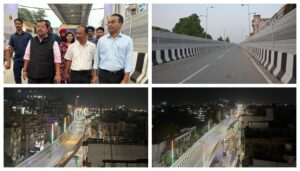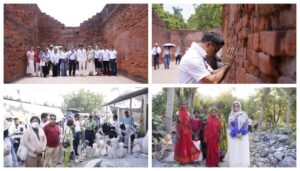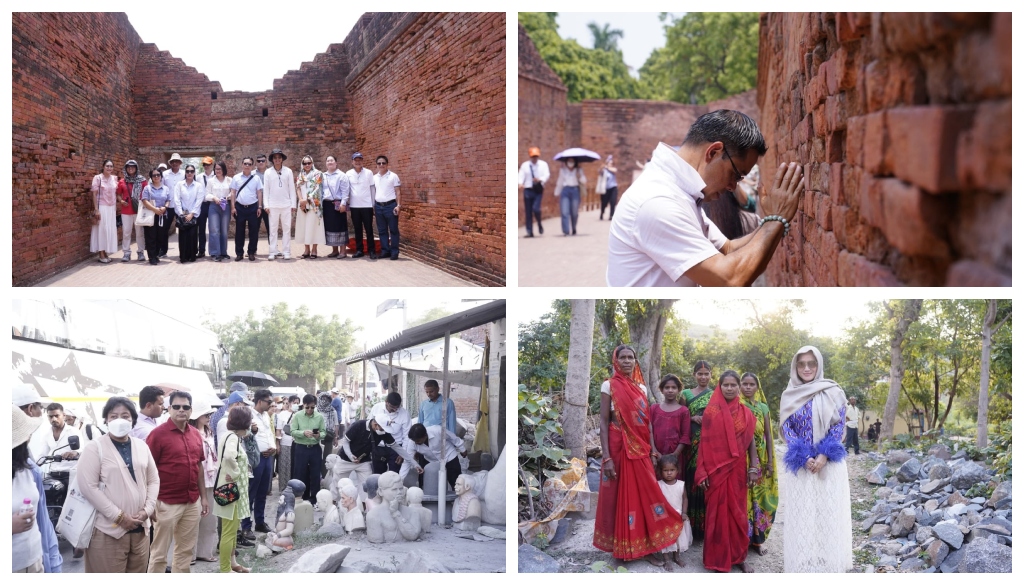
Patna: A group of 50 foreign tourists from five ASEAN nations spent the past two days retracing the rich Buddhist heritage of Bihar, visiting key sites in Nalanda, Gaya and Bodh Gaya as part of the Bodhi Yatra, a special initiative to promote Buddhist tourism across India.
The cultural journey, organised by the Department of Tourism in collaboration with the Ministry of External Affairs, welcomed visitors from Cambodia, Laos, Myanmar, Thailand and Vietnam. The group is travelling under the Mekong-Ganga Cooperation Action Plan, an effort to deepen cultural and people-to-people ties between India and Southeast Asia.
The itinerary in Bihar unfolded like a living textbook of Buddhist history. On Sunday, the travellers explored the sacred precincts of Bodh Gaya, visiting the Mahabodhi Temple — the site where Gautama Buddha attained enlightenment — as well as Sujata Stupa and Temple, Dungeshwari Cave and the traditional stone-carving workshops of Pattharkatti.
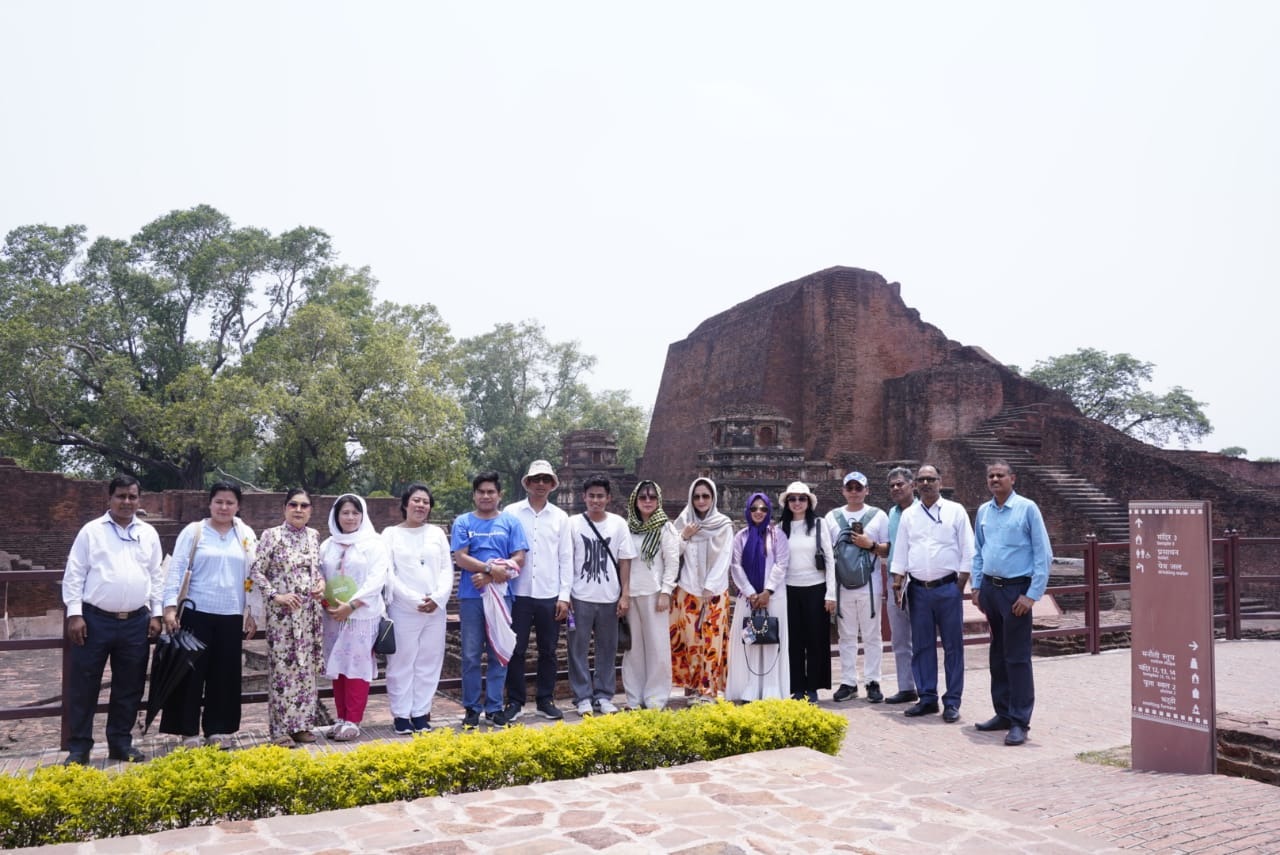
The experience was both spiritual and immersive. Many in the group meditated at the temple and stupa complexes, describing the atmosphere as “deeply peaceful”. Artists in Gaya demonstrated the ancient craft of stone sculpture, linking present-day craftsmanship to centuries-old traditions of Buddhist art.
On Monday, the journey continued through the broader Buddhist landscape of Bihar. The visitors paid their respects at Dashrath Manjhi Valley in Gehlaur — a site associated with the legendary ‘Mountain Man’ — before heading to the ruins of the ancient Nalanda University.
Founded in the 5th century CE, Nalanda University was one of the world’s earliest centres of higher learning. The tourists walked among its stone relics and toured the newly rebuilt campus, expressing awe at its intellectual legacy and architectural splendour. Later, they visited Venuvan and the Shanti Stupa in Rajgir, sites steeped in Buddhist lore.
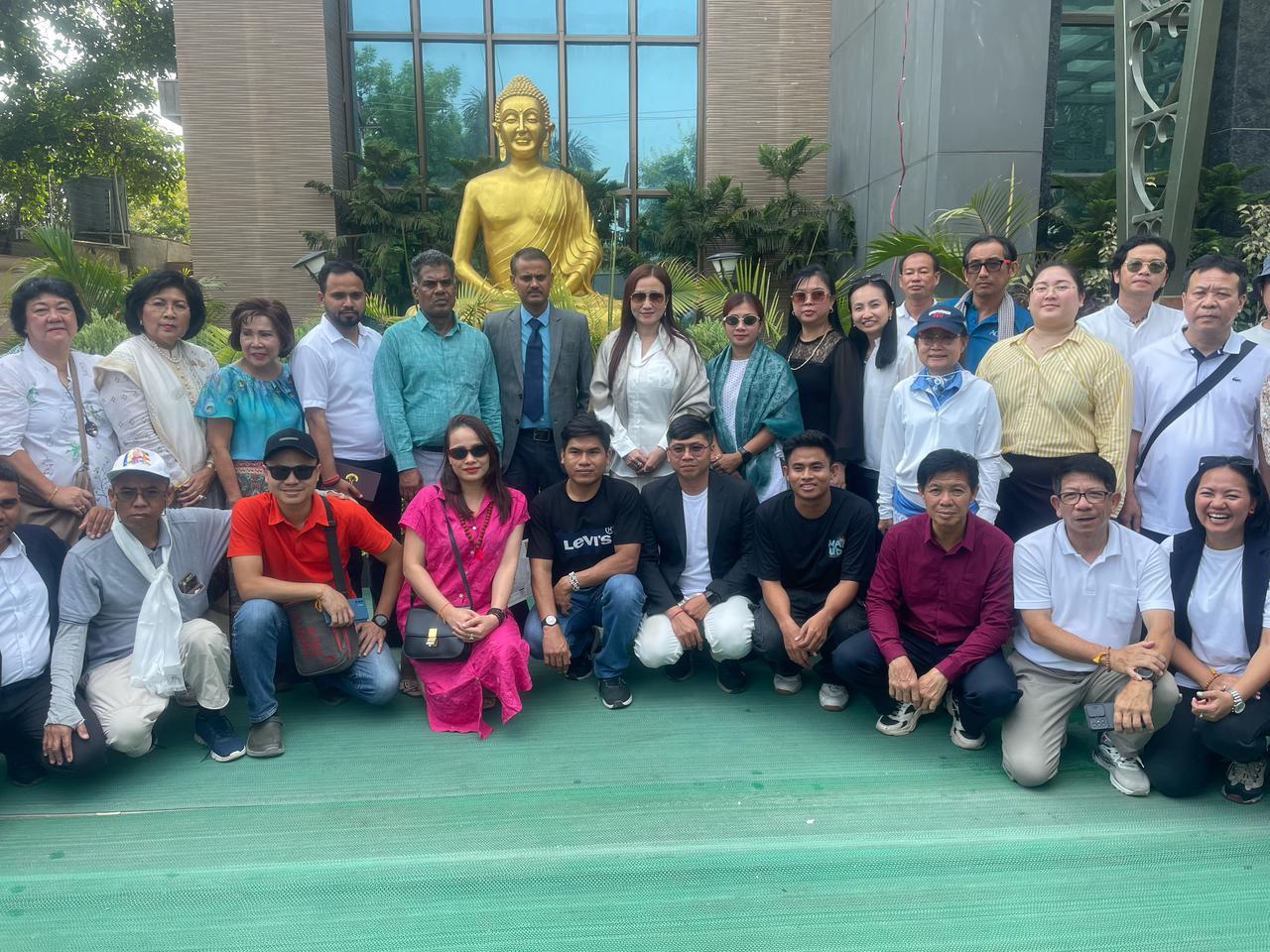
Speaking during the visit, members of the Bodhi Yatra team expressed deep admiration for the cultural and spiritual roots of Buddhism in Bihar. “The more we see and learn, the more we realise how profound this heritage is,” one visitor remarked. Many in the group described themselves as “fortunate” to have the opportunity to walk in the footsteps of the Buddha.
Tourism Department officials provided detailed historical context at each stop, helping the group appreciate both the ancient and contemporary significance of these sites.
The team arrived in Bihar following a broader pilgrimage circuit that included Delhi, Agra, Lucknow, Shravasti, Kushinagar and Varanasi. They will conclude their Bodhi Yatra in Bihar on Tuesday before returning home.
The initiative underscores the state’s growing efforts to develop Buddhist tourism as a bridge between India and the Buddhist-majority countries of Southeast Asia — and as a vital part of Bihar’s own cultural and economic renewal.




